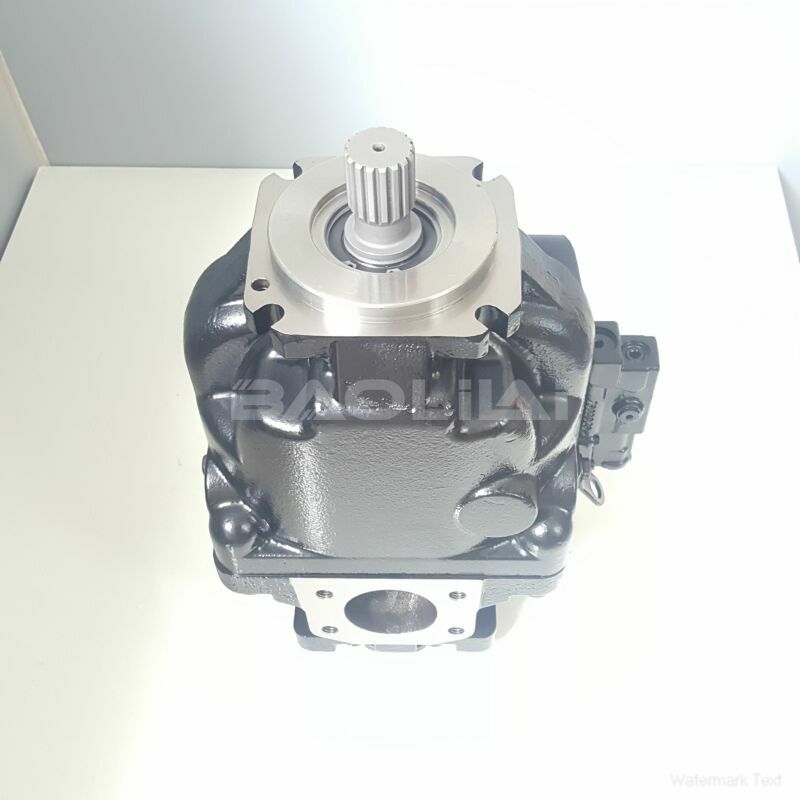ERL100BLS2520NNN3S4RPA1NAAANNNNNN piston pump
ERL100BLS2520NNN3S4RPA1NAAANNNNNN piston pump

- Product Details
- Applicable Scene
Plunger pumps are critical components in various energy systems, playing a vital role in industries such as oil and gas, water treatment, and manufacturing. Understanding the efficiency of these pumps is essential not only to optimize operations but also to minimize energy consumption and reduce environmental impact.
ER-L-100B-LS-25-20-NN-N-3-S4RP-A1N-AAA-NNN-NNN
ERL100BLS2520NNN3S4RPA1NAAANNNNNN
At its core, a plunger pump uses a reciprocating mechanism to move fluids. The efficiency of such a pump can be evaluated based on several factors, including volumetric efficiency, mechanical efficiency, and overall pump efficiency. Volumetric efficiency refers to the ratio of the actual flow rate produced by the pump to the theoretical flow rate. Mechanical efficiency measures how well the pump converts input energy into hydraulic energy.

7000565
Several factors can influence the efficiency of plunger pumps. The design and materials used in the construction of the pump are crucial. For instance, high-quality seals and bearings can reduce internal leakage and friction losses, leading to improved overall efficiency. Additionally, the size and configuration of the pump can greatly affect performance; selecting the right pump for a specific application is vital for maximizing efficiency.
Operating conditions also play a significant role in pump efficiency. The viscosity of the fluid being pumped, the pressure head, and the pump speed must all be optimized for specific operational needs. For example, pumping a highly viscous fluid may require more energy, reducing the pump’s volumetric efficiency. Therefore, operators must carefully evaluate the application requirements to ensure the pump operates under optimal conditions.





